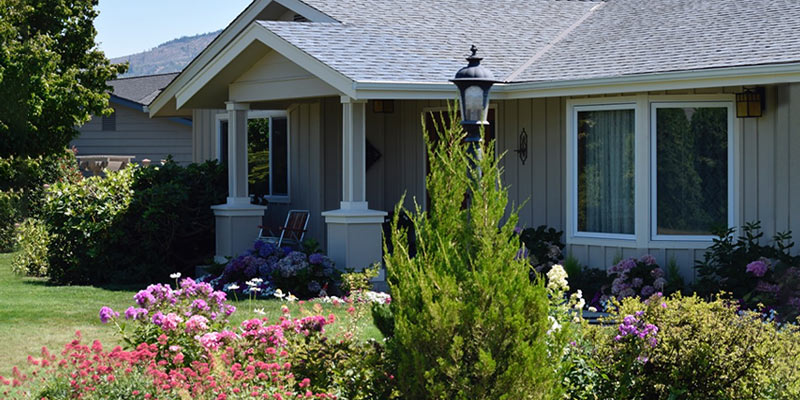
When you first move into your house, you’re probably thinking about how you’ll personalise your new space. Decorating and furnishing the interior, completing a few home improvement projects, and getting your garden to the lush green space you want.
However, you might not be thinking about the possibility that down the line, you might move again. As such, when that possibility does come to pass and you’ve made the decision to relocate, you might come across a common problem: what about my garden?
Moving house is tiring, tedious, and stressful. And even more so if you’ve spent a great deal of time tending to your garden. What should you do about your plants? Is it possible to take some of them with you? Will you have to leave a few behind? Here are 4 tips on moving your garden when relocating to a new home.
Legal ramifications
Before you start thinking about transporting parts of your garden to your new house, it’s essential that you consider the possible legal consequences. In most cases, plants in the garden are part of the sales agreement when you sell your home. If you remove them without permission, the buyers could take legal action or the transaction might be nullified.
If you plan on taking some plants with you (only some since taking all the plants is not practical, a ton of work, and extremely costly), then you’ll need to create a list and inform any potential buyers of your intentions. You’ll need to give the buyer a written warning that when you’ll move house, you’ll also be removing certain parts of your garden.
This involves itemising any and all plants you want to take with you, their locations, and agreeing with the buyer of the arrangements prior to the sale. The buyer of your house must know since the garden could greatly contribute to the value of your property and even have affected their decision to buy the house.
Think ahead and organise
When you clear up all the legalities, the next step is to plan. Now it might not seem like the most entertaining thing to do, but unfortunately it’s absolutely necessary. Any time you move house, planning is a lifesaver.
Take a stroll around your garden and choose which plants you want to take with you. If you’re able to visit your new property, examine the garden and consult any design plans you have to influence your choices. Here are some questions to think about:
- Which plants will you inherit at your new place?
- What design features does your new garden have?
- What is the environment like at your new home?
- Which plants can be safely removed and transported?
- Does your move fall during the “dormant season”?
- Do you have enough time to take cuttings and pot plants?
- How many plants will you bring with you?
- What are the sizes of these plants and pots?
Be selective
When trying to choose which plants to take to your new home, be very selective. You can’t tear up the whole garden and leave a barren plot of land since that will affect your property’s value and the sale. It is also very expensive and time-consuming for you. Instead, you’ll need to be very careful about the plants you wish to move with you.
Choose the plants that are dear to you and that fit in with your new garden. If you can easily buy certain plants, then it’s probably not worth bringing them with you. For rarer and exotic plants, you should consider taking them to your new home. However, you’ll need to strike the right balance between exotic plants and appropriate plants for the surrounding greenery at your new place.
You might also be restricted by your actual moving conditions. For example, you need to ensure that there is enough space in your removal vehicle for your plants. Select only plants that will fit and you can safely transport without any spillage and damage to the plant or vehicle.
Prepping your plants for process of moving
Making sure your plants are ready for the move takes a bit of work. Cut and prune the ones you’ll bring and place them in adequate pots or containers. For larger plants or shrubs, use hessian strips to gently contain any branches sticking out. Store them in a dry place before your moving day to let them dry—this will prevent the rest of your items in the van from getting wet.
Use high quality soil-based compost and slow release fertiliser. This is to ensure your plants are well taken care of after your moving day. Usually, you won’t be able to plant them in your new garden right away if, for instance, the garden is not ready yet. Additionally, check that any pots you use have no damage to prevent any broken containers and soil spillage during transport.
With proper care, you’ll be able to move your plants without any problems. And ultimately, the goal is to make sure your plants survive the journey to your future garden. Take some time to plan and prepare, and soon you’ll get a head start on your new gardening adventures at your new home.
